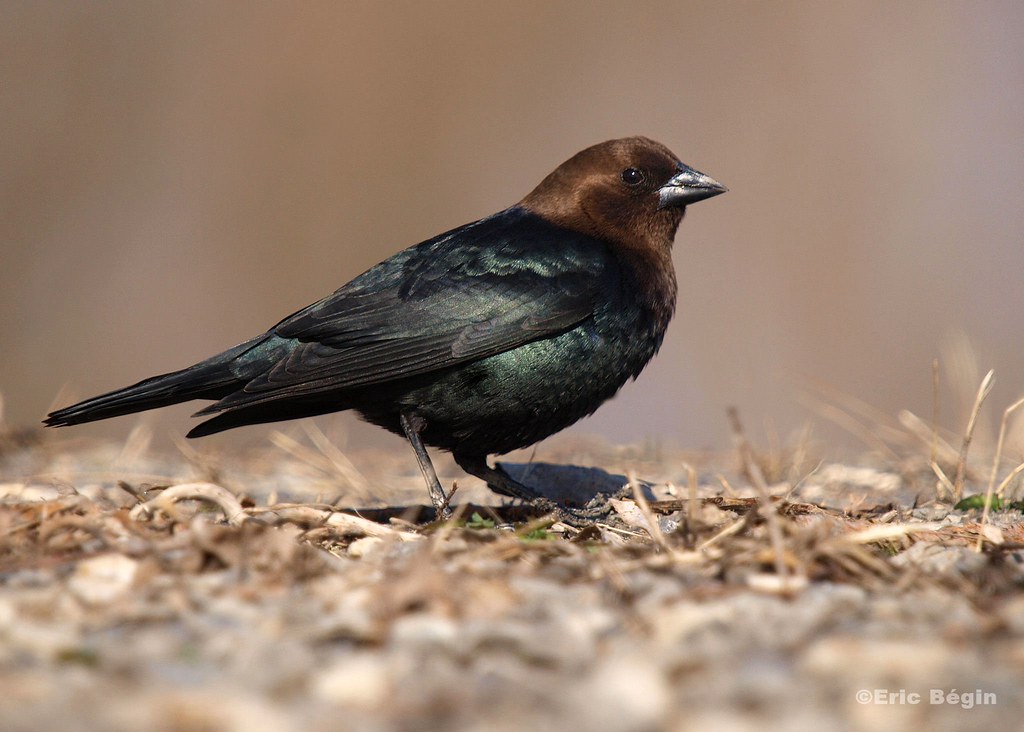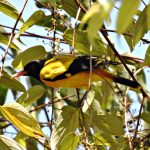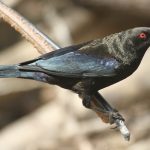The brown-headed cowbird (Molothrus ater) is a small bird native to temperate and subtropical North America, including Arizona. Known for its unique behavior of brood parasitism, this bird lays its eggs in the nests of other birds, leaving them to raise its young. This fascinating yet controversial species has adapted well to various environments and continues to thrive across the continent.
Quick Facts about the Brown-headed Cowbird
- Scientific Name: Molothrus ater
- Family: Icteridae
- Average Lifespan: 4-5 years in the wild
- Distinctive Behavior: Brood parasitism
Subspecies Details
The brown-headed cowbird includes three recognized subspecies:
- M. a. artemisiae – Found in interior west Canada and western USA.
- M. a. obscurus – Inhabits coastal regions from Alaska through northwest Mexico.
- M. a. ater – Located in southeast Canada, eastern and central USA, and northeast Mexico.
Size and Weight
This icterid is relatively small:
- Length: 16–22 cm (6.3–8.7 inches)
- Wingspan: Approximately 36 cm (14 inches)
- Weight Range: 30–60 g (1.1–2.1 oz), with females averaging around 38 g (1.37 oz) and males around 49 g (1.7 oz).
Appearance and Features
The male brown-headed cowbird stands out with its iridescent black body paired with a distinct brown head, while the female is smaller with dull grey plumage, a pale throat, and fine streaking on her underparts.
Distribution in Arizona
In Arizona, these birds are commonly spotted across open or semi-open landscapes such as grasslands or agricultural fields where they often follow grazing animals like cattle to forage for food.
Habitat Preferences
Brown-headed cowbirds prefer open or semiopen areas where they can easily find food by following larger animals that disturb insects from their hiding places.
Diet and Eating Habits
Their diet mainly consists of seeds but also includes insects stirred up by grazing animals like horses or cattle; occasionally, they may consume berries.
Migration Patterns
While some populations are permanent residents in southern parts of their range—including southern Arizona—northern populations migrate southward during winter months to places like the southern United States and Mexico before returning northward around March or April.
Conservation Status
Classified as “Least Concern” by the IUCN Red List due to their wide distribution and stable population numbers despite being considered pests because of their brood parasitic habits which negatively impact other bird species’ reproductive success.


